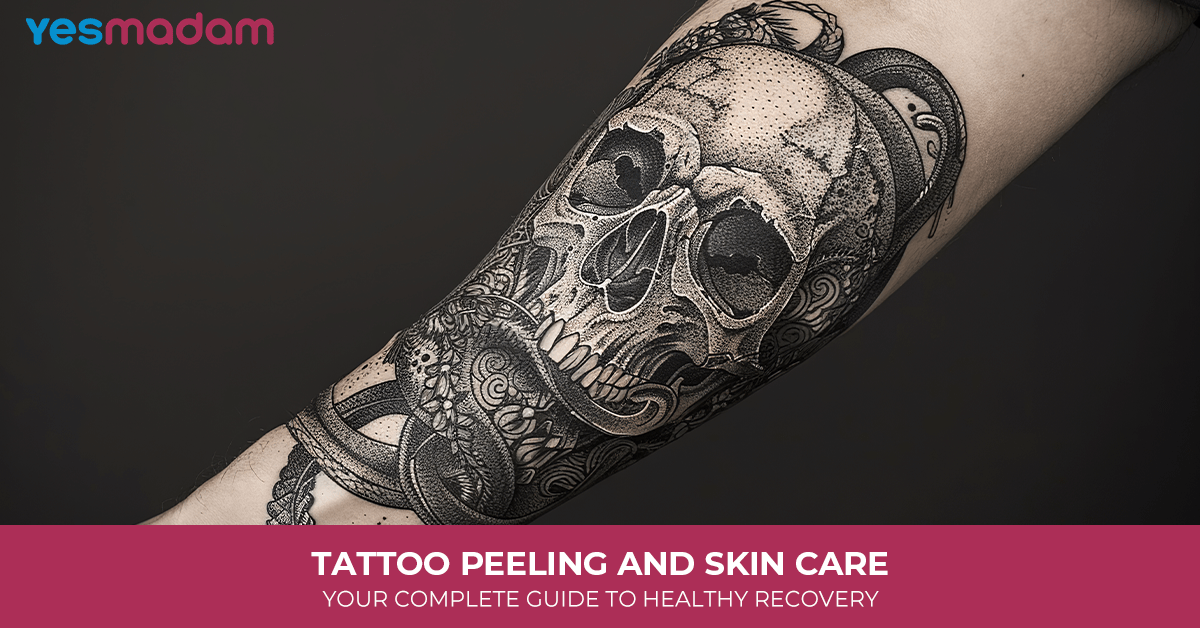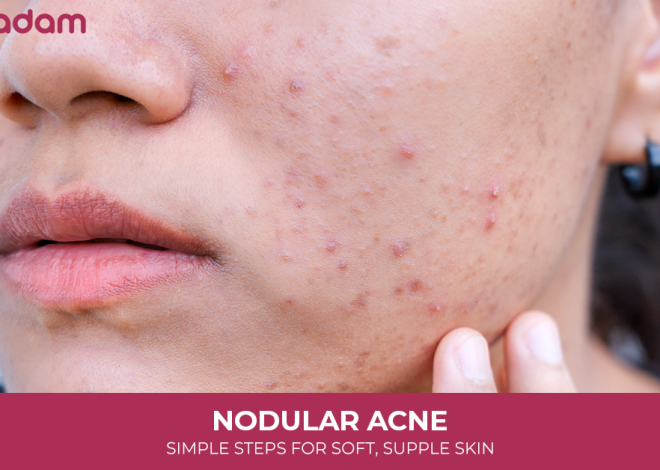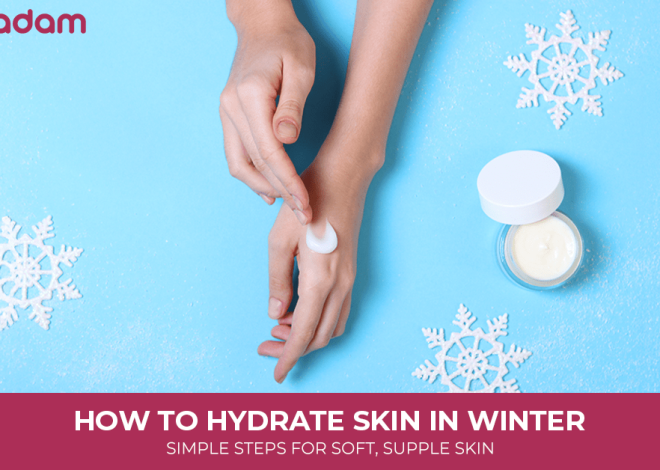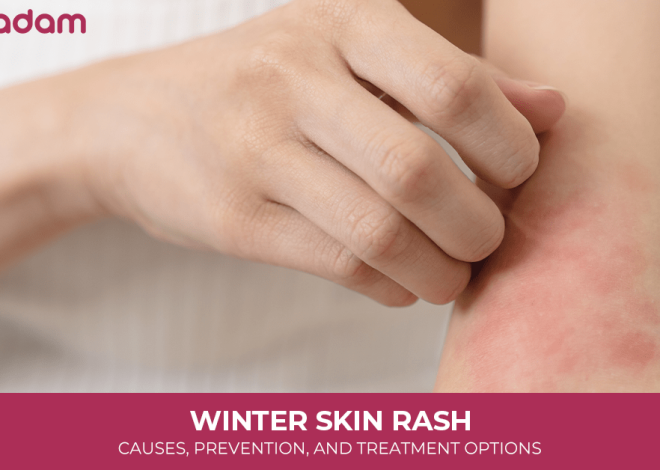
Tattoo Peeling and Skin Care: Your Complete Guide to Healthy Recovery
Getting a tattoo is one of the most exciting forms of self-expression, but what many people don’t realize is that the tattooing session is only the beginning of the journey. The real work lies in how well you care for your tattoo during the healing stage—especially when peeling begins.
Tattoo peeling is often misunderstood. Seeing flakes of skin falling off can be unsettling, especially for first-timers who worry that their tattoo is fading. In reality, peeling is a healthy, natural process that every tattoo goes through. Understanding what’s happening beneath the surface and practicing proper aftercare will ensure that your tattoo heals smoothly, stays vibrant, and remains part of your story for years to come.
This guide covers everything you need to know about tattoo peeling and skin care—from the science of healing to common myths, expert aftercare tips, and long-term maintenance strategies.
Table of Contents
Why Does Tattoo Peeling Happen?

A tattoo is created by repeatedly puncturing the skin with tiny needles that deposit ink into the dermis, the second, deeper layer of skin. Because this process is a controlled injury, your body immediately begins its natural healing response.
Here’s what’s happening on a biological level:
- Epidermal damage: The outer layer of skin (epidermis) is disrupted during tattooing, causing microscopic trauma.
- Immune response: Your body sends white blood cells and plasma to the area to repair damage, which is why fresh tattoos often look red, swollen, and slightly oozy.
- Shedding skin: As your epidermis regenerates, old damaged skin cells flake off in thin layers. This is the peeling you see—similar to what happens after sunburn.
- Ink safety: The ink particles are trapped securely in the dermis, so no matter how much your tattoo peels, your design remains intact.
More Information For You: How to Use Green Tea for Skin Whitening
The Tattoo Peeling Stages
Tattoo peeling doesn’t happen all at once. It unfolds in distinct stages, each with its own look and feel. Knowing these stages can help you avoid unnecessary panic.
Stage 1: Initial Healing (Days 1–3)
- Appearance: Tattoo looks fresh, shiny, and may be red or swollen.
- Sensation: Tenderness, warmth, and possible oozing of plasma mixed with excess ink.
- What’s happening: A thin protective scab forms as your body begins repairing.
- Care focus: Keep the tattoo clean and lightly moisturized—your goal here is protection, not peeling.
Stage 2: The Itchy Peel (Days 4–7)
- Appearance: Flakes of skin begin lifting. Some areas peel faster than others.
- Sensation: Intense itching is common. The tattoo may look patchy.
- What’s happening: Damaged skin is shedding, revealing dull-looking skin beneath.
- Care focus: Resist scratching at all costs. Scratching or picking can pull ink out, cause scars, and delay healing.
Stage 3: Light Shedding (Days 7–14)
- Appearance: Most heavy peeling is over, leaving behind a cloudy or “hazy” look.
- Sensation: Tattoo feels less itchy, but skin may still feel dry or tight.
- What’s happening: A thin veil of healing skin covers the tattoo, muting its colors.
- Care focus: Keep moisturizing and protecting from friction. This stage is about patience.
Stage 4: Settling In (Weeks 2–4)
- Appearance: Tattoo colors look brighter, lines are clearer, and the skin smooths out.
- Sensation: Minimal discomfort, your tattoo feels like part of your skin again.
- What’s happening: Surface healing is complete, but deeper layers are still repairing.
- Care focus: Continue gentle care and sun protection—your tattoo is still vulnerable.
Common Myths About Tattoo Peeling

Tattoo aftercare has been surrounded by myths for decades. Let’s bust some of the most common misconceptions:
- Myth: Peeling means the tattoo ink is coming off.
Truth: Only dead skin is shedding; the ink is safely embedded in your dermis. - Myth: Scratching makes peeling heal faster.
Truth: Scratching reopens wounds, risks infection, and can scar your tattoo. - Myth: Exfoliating helps remove flakes quicker.
Truth: Forcing exfoliation damages fragile healing skin—always let peeling happen naturally. - Myth: Every peeling tattoo is infected.
Truth: Normal peeling is not infection. Signs of infection include excessive redness, pus, and severe pain.
Don’t Miss: Does Sunscreen Prevent Tanning
Essential Skin Care Tips During Tattoo Peeling
Healing a tattoo is about striking the right balance between cleanliness, hydration, and protection. Here’s how to do it right:
- Keep It Clean: Wash twice daily with lukewarm water and mild, fragrance-free soap. Never scrub—pat dry with a clean, soft towel.
- Moisturize Regularly: Use a fragrance-free lotion or tattoo-specific ointment in thin layers. Too much can clog pores and suffocate healing skin.
- Protect from Sunlight: Fresh tattoos are highly photosensitive. Direct UV exposure can fade ink before it sets. After healing, always apply SPF 30+.
- Avoid Prolonged Water Exposure: Swimming pools, hot tubs, and baths expose tattoos to bacteria and moisture, which disrupt healing. Stick to short showers.
- Hands Off: Picking or scratching can lift ink and leave patchy spots. Let flakes shed naturally.
Tattoo Peeling and Skin Care: Practical Do’s and Don’ts
| Do’s | Why It Matters |
| Follow your tattoo artist’s aftercare instructions | Every artist knows their style of work and best healing methods. |
| Wash tattoo gently with mild soap | Prevents infection without stripping natural healing oils. |
| Moisturize with fragrance-free lotion | Keeps skin hydrated and prevents cracking. |
| Wear loose, breathable clothing | Reduces friction that can pull at healing skin. |
| Stay hydrated and eat a balanced diet | Healthy skin heals faster and better. |
| Don’ts | Why It’s Risky |
| Don’t pick, scratch, or peel flakes | Can remove ink and cause scars. |
| Don’t apply heavy petroleum jelly (unless advised) | Suffocates skin and slows healing. |
| Don’t expose tattoo to direct sunlight | UV rays fade ink and irritate raw skin. |
| Don’t soak tattoo in pools, tubs, or baths | Prolonged moisture risks infection and ink loss. |
| Don’t do high-sweat activities early on | Sweat can irritate and disrupt the healing process. |
Our Best Blog For You: Body Wash vs Soap: Which Is Better for Your Skin
Long-Term Tattoo & Skin Maintenance
Even after peeling stops, tattoos remain vulnerable to fading, dryness, and skin damage. Proper long-term care ensures your ink stays sharp for decades.
- Hydration: Daily moisturizing keeps skin supple and tattoo colors vibrant. Look for creams with hyaluronic acid, glycerin, or ceramides.
- Sun Protection: UV rays are tattoos’ #1 enemy. Always wear sunscreen (SPF 30+) on healed tattoos.
- Gentle Exfoliation: Once fully healed (after 4–6 weeks), light exfoliation helps remove dull skin cells, keeping your tattoo crisp.
- Antioxidant Support: Products with vitamin C, E, or niacinamide help protect tattoos from environmental stressors like pollution.
Debunking Common Concerns
- “How long does tattoo peeling last?” → Typically 1–2 weeks, but deeper healing takes up to a month.
- “Can I shower?” → Yes, quick showers are fine—avoid soaking.
- “Why does my tattoo look dull?” → It’s just the healing layer. Once complete, colors return vibrant.
- “What if it itches?” → Moisturize and use a cold compress. Never scratch.
- “Can I speed up peeling?” → No. Forcing flakes off risks damaging your tattoo. Patience is key.
Conclusion
The journey of tattoo peeling and skin care is as important as the tattooing session itself. Peeling is simply your body’s natural way of renewing skin, and with proper care, your tattoo will heal vibrantly and last for years. From keeping it clean and moisturized to protecting it from sun and irritation, every small step makes a difference.
Remember, patience is your best tool. Let the healing process run its course, follow aftercare instructions diligently, and soon enough, your tattoo will settle beautifully into your skin—just as you envisioned.
FAQs
1. How long does tattoo peeling usually last?
Tattoo peeling generally lasts between 7 to 14 days, but deeper layers of skin may continue healing for several weeks. The exact time depends on tattoo size, placement, and your skin’s natural healing ability.
2. Is peeling a sign of infection?
No, peeling alone isn’t an infection. It’s a normal healing stage. However, if peeling is accompanied by pus, severe swelling, or extreme pain, consult a doctor immediately.
3. Can I shower during tattoo peeling?
Yes, short showers are safe. Use lukewarm water and mild soap, and avoid soaking the tattoo. Always pat dry with a clean towel instead of rubbing.
4. Why does my tattoo look dull after peeling?
This “dull phase” happens because a thin layer of healing skin sits on top of your tattoo. Once fully healed, the colors will brighten again.
5. What should I do if my tattoo itches badly?
Apply a fragrance-free moisturizer and use a cold compress if needed. Avoid scratching as it can damage your skin and alter your tattoo design.
6. Can I work out while my tattoo is peeling?
It’s best to avoid heavy sweating or friction-based workouts during peeling. Sweat can irritate the tattoo and prolong the healing process.
7. Is scabbing normal along with peeling?
Light scabbing is normal, but thick or greenish scabs could indicate infection. Do not pick scabs—allow them to fall off naturally.
8. Should I apply sunscreen during peeling?
No, sunscreen should not be applied to a fresh or peeling tattoo. Once healing is complete, sunscreen becomes essential to protect colors.
9. What moisturizers are safe for peeling tattoos?
Fragrance-free, gentle lotions or tattoo-specific aftercare creams are ideal. Avoid products with alcohol, petroleum, or strong fragrances.
10. What happens if I accidentally scratch my peeling tattoo?
If it’s minor, your tattoo will likely heal fine. But repeated scratching may cause patchy fading or scarring. Apply moisturizer and let it heal naturally.



